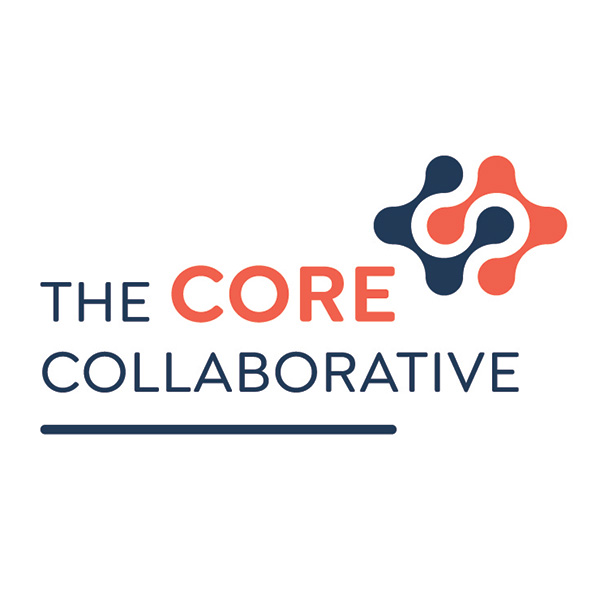 The Foundation of Storytelling
The Foundation of Storytelling
Storytelling has been used for centuries to heal, teach, and connect communities. Indigenous cultures have long recognized its therapeutic and healing power. In Indigenous communities, storytelling is not just a form of entertainment; it is also a crucial method of transmitting knowledge, culture, values, and history from one generation to the next. Storytelling is considered a sacred practice essential for individual and collective healing.
Let’s explore six big ideas related to the holistic benefits of storytelling. As you read, consider how each of these examples translates into benefits in the classroom.
1. Healing Trauma and Emotional Pain:
Storytelling allows individuals to express their experiences and emotions in a safe and supportive environment. This can be particularly healing for those who have experienced trauma.
- Example: In many Native American communities, storytelling circles are used as a form of group therapy. These circles provide a space for individuals to share their stories of trauma, resilience, and healing, promoting emotional catharsis and communal support. The Navajo incorporate the concept of Hózhó, representing beauty, harmony, and balance in life, to support healing for individuals and the community.
2. Preservation of Cultural Identity:
Storytelling helps preserve and strengthen cultural identity, which is crucial for mental and emotional well-being.
Example: The Inuit people of the Arctic region use storytelling to preserve their language, traditions, and knowledge of the land. These stories often contain moral lessons and practical survival skills essential for maintaining their way of life.
3. Teaching and Learning:
Storytelling is an effective educational tool, helping to teach important life skills, ethical values, and historical knowledge.
- Example: The Dreamtime stories of Australian Aboriginal cultures serve to teach young people about the creation of the world, the relationship between humans and nature, and the laws of the land. These stories are a fundamental part of the cultural education and spiritual growth of Aboriginal children.
4. Ritual and Ceremony:
Many Indigenous cultures incorporate storytelling into rituals and ceremonies, which are designed to promote spiritual healing and community cohesion.
- Example: The Navajo healing ceremonies, such as the Night Chant, include the telling of sacred stories. These ceremonies are designed to restore harmony and balance to individuals and the community, often addressing physical and mental health issues through storytelling, music, and ritual.
5. Personal and Community Empowerment:
Storytelling can empower individuals and communities by validating their experiences and fostering a sense of agency and resilience.
- Example: The use of storytelling in the Truth and Reconciliation Commissions in Canada allowed survivors of residential schools to share their stories. This process was crucial for healing, acknowledging the injustices, and moving towards reconciliation.
6. Intergenerational Connection:
Storytelling bridges the gap between generations, allowing elders to pass on wisdom and experiences to younger members of the community, fostering respect and continuity.
- Example: In many African Indigenous cultures, griots or traditional storytellers play a key role in maintaining the history and heritage of the community. Through storytelling, they connect past, present, and future generations, ensuring the survival of cultural knowledge.
 The 20th Century Catches Up
The 20th Century Catches Up
Storytelling’s therapeutic potential was first formally recognized in the early 20th century when psychologists and anthropologists observed the healing effects of narrative practices within Indigenous communities. Notably, Dr. Carl Jung, a Swiss psychiatrist, acknowledged the significance of storytelling in therapy, suggesting that sharing personal stories can facilitate emotional healing and self-discovery. Jung’s recognition helped pave the way for the integration of storytelling into modern therapeutic practices. Storytelling is now increasingly recognized for its therapeutic benefits, particularly in trauma-informed teaching practices. The healing power of storytelling is both profound and deeply rooted in Indigenous cultural practices.
The Research
Modern psychological research highlights the therapeutic potential of storytelling in trauma recovery. Narratives allow individuals to process and integrate traumatic experiences, fostering a sense of agency and resilience. According to a study published in the Journal of Traumatic Stress, narrative exposure therapy (NET), which involves recounting traumatic events in a structured manner, significantly reduces PTSD symptoms (Schauer, Neuner, & Elbert, 2011).
In educational settings, trauma-informed teaching practices emphasize the importance of creating safe, supportive environments where students feel heard and understood. Storytelling can play a crucial role in these environments by validating students’ experiences and promoting emotional healing. By sharing their stories, students can develop a deeper sense of connection and empathy, both with their peers and themselves.
It’s a Sacred Practice
For many Indigenous cultures, storytelling is a sacred practice that transmits knowledge, preserves history, and fosters community cohesion. Indigenous narratives often embody values of resilience, respect, and reciprocity, which are essential for individual and collective healing.
In Indigenous communities, storytelling is not just about recounting past events but also about envisioning and creating a better future. As noted by Indigenous scholar Leanne Betasamosake Simpson, storytelling is a way of “seeing the world as it could be,” offering pathways to healing and transformation (Simpson, 2014).
Trauma-Sensitive Teaching
Integrating storytelling into trauma-sensitive teaching practices can enhance the healing process for students who have experienced trauma. Teachers can create spaces where students feel safe to share their stories, fostering a sense of belonging and empowerment. Incorporating Indigenous storytelling methods can further enrich this practice, offering students diverse perspectives and deeper cultural understanding.
For instance, the use of story circles, a common practice in many Indigenous cultures, can help build trust and community in the classroom. These circles provide a structured yet flexible format for students to share their experiences, listen actively, and support one another.
The healing power of storytelling is well-documented in both research and Indigenous traditions. By integrating storytelling into trauma-sensitive teaching practices, educators can create nurturing environments that support emotional and psychological healing. This approach not only benefits individual students but also strengthens the fabric of the entire learning community.
 Embracing Storytelling
Embracing Storytelling
Embracing storytelling as a pedagogical tool honors the rich cultural heritage of Indigenous peoples while offering all students a pathway to resilience and self-discovery. When educators nurture and value each individual’s stories, they empower their students to voice their experiences, fostering a classroom atmosphere where every narrative is valued. In doing so, they lay the groundwork for a future where empathy and understanding are foundational to education, transforming schools into havens of holistic growth and community unity.
References
Schauer, M., Neuner, F., & Elbert, T. (2011). Narrative Exposure Therapy: A Short-Term Treatment for Traumatic Stress Disorders. Cambridge, MA: Hogrefe Publishing.
Simpson, L. B. (2014). Dancing on Our Turtle’s Back: Stories of Nishnaabeg Re-Creation, Resurgence, and a New Emergence. Winnipeg, MB: Arbeiter Ring Publishing.



